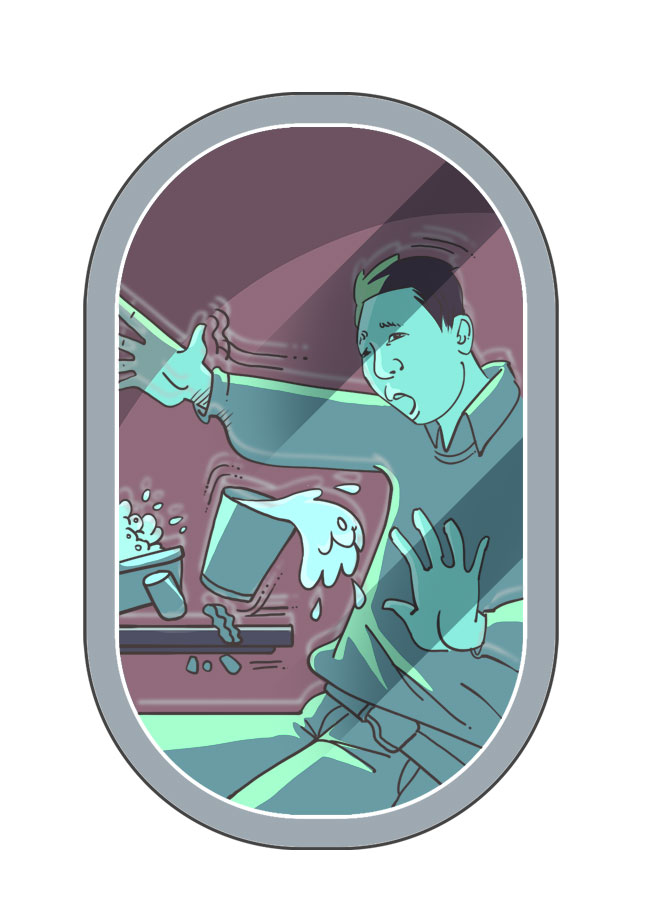
Havoc in the sky
When in-flight turbulence is more than a few bumps
Many regular fliers have experienced in-flight turbulence. Often it is minor and passes quickly without incident. However it can be violent, as was the case when Singapore Airlines SQ321 encountered severe, unexpected turbulence over the Andaman sea on May 21, 2024, resulting in passengers and crew being thrown around the cabin. A passenger died of a heart attack. While turbulence-related fatalities are quite rare, injuries have piled up over the years. Here is a look at what causes severe turbulence, where some of the world’s most turbulent flight paths were in 2023 and how travellers can stay safe.
World turbulence map
Data gathered on May 24, at 4pm (HKT)
← Scroll or drag horizontally →


The map is generated using data from Graphical Turbulence Guidance Product (GTG) forecasts provided by NOAA's National Weather Service and the UK Met Office.
The world's 10 most turbulent paths in 2023
The list is based on Turbli* analysis, and includes more than 150,000 long-haul and short-haul flight records from 2023
Turbulence intensity as measured by the Eddy Dissipation Rate (EDR)
*Online turbulence forecast
What is turbulence?
Turbulence is the irregular, chaotic motion of air resulting from eddies and vertical currents. Most people associate it with heavy storms. But the most dangerous type is clear-air turbulence, which is invisible to radar and often occurs with little to no warning.
Clear-air turbulence happens most often in or near the high-altitude rivers of air called jet streams. The culprit is wind shear, which is when two huge air masses close to each other move at different speeds. Scientists have warned that clear-air turbulence is getting worse because of climate change.
For Singapore Airlines flight SQ321, rapid changes in gravitational force over 4.6 seconds resulted in an altitude drop of 178 feet (54 metres), which likely caused the injuries to the crew and passengers.
How to travel safer on aircraft
← Scroll or drag horizontally →
Associate Creative Director Marcelo Duhalde
Edited by Andrew London
Additional web development Joe Lo and Catherine Ma
Sources: South China Morning Post archives, Associated Press, turbli.com, Agence France-Presse, Graphic News